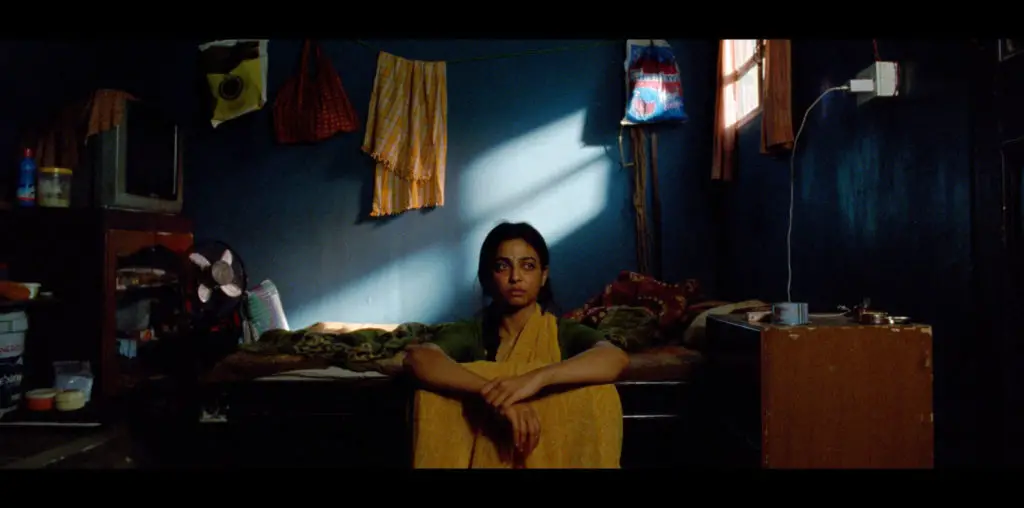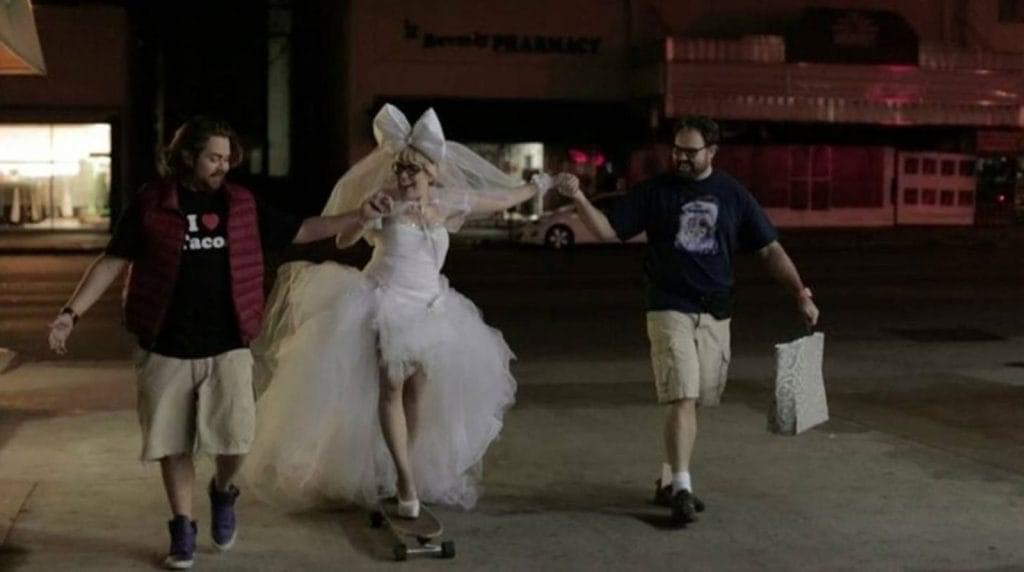
The Keanu World Order
There can be little surprise that there exists a Keanu Reeves movie which would fit the criteria of MCC (how the college hipsters are now referring to this column) and actually it came down to a split decision. I was close to pulling the trigger with “Chain Reaction”, the idea of watching Keanu trying to convince me he was a scientific researcher who discovers a renewable fuel source being very tempting indeed. But considering his later triumph in “The Matrix” trilogy I felt this initial pass at futuristic technological Armageddon deserved a closer look.
Keanu is certainly a polarizing figure among Hollywood celebrity. There are those who view him as a hunky, unfairly criticized leading man who was typecast early but has steadily built up his career to a point where he can choose his own destiny. On the other hand there is the camp that regards Reeves as a veritable cinematic sink-hole from which neither talent nor plotlines can escape. I place myself in the latter. Just think back to the damage he did to erstwhile films like “Dangerous Liaisons” and “Much Ado About Nothing”, where a talented cast of professionals carried heady material expertly, and then the whole production would burst into shrapnel when Reeves and his surf-rat-on-thorazine acting method popped on screen. It continues to this day, where a breezy adult comedy like “Something’s Gotta Give” was recently compromised when a trip to the hospital brought us the visage of Reeves as “a dashing ER doctor”. Either description would have been a challenge, but coupled they become pure farce.
I’m not being overly harsh myself here because many observers who saw “Johnny Mnemonic” (the M is silent, like in “hack”) commented commonly on the leading man’s acting stylings. Words such as “plastic”, “side of beef”, and “inanimate alloyed cross-beam” were employed to describe his performance in this futuristic thriller. About the only human sentiment he is capable of emoting is his version of anger—a clenched teeth grunt that is delivered like someone in front of him at the gourmet candy store took the last of the gummy bears that he had his hopes set upon. All of which makes it that much more curious that he had ever been tabbed by the Wachowski brothers to take the mantle of their apocalyptic visions. If I were shopping in Wal-Mart and Keanu approached me in a blue vest I wouldn’t trust him to help me find the oil filters; how they entrusted him with a series costing multiple hundreds of millions will forever flummox.
Initially, Val Kilmer was asked to take the reins of this debacle but for once he exhibited a smart career move and the studio went with second stringer Reeves. Sony had hoped to usher in the summer with a flashy futuristic thriller, but word got out early about this laugher. It came on the scene in May of ’95 but didn’t stand a chance against stalwarts like “Braveheart”, Crimson Tide”, or even “Casper”. In fact, upon release it struggled weakly against a triumvirate of romantic comedies, trailing behind “Forget Paris” (Which opened on 400 fewer screens) while barely edging out “Mad Love” (on 500 fewer screens) and “While You Were Sleeping” (300 fewer and in its sixth week of release.) Considering how the female dollar was divided 3 ways here, just one less competitor would have buried Keanu under a pile of posies and chiffon.
Cyber Rattling
The genesis of “Mnemonic” comes from the futuristically fertile mind of William Gibson, the so-called father of “cyberpunk” culture. Gibson himself seems to have cultivated his own divisive fan base over the years, as he reinvigorated science-fiction literature in the ‘80s with his take on the then nascent technology of personal computing and advanced internet technologies. As fast as he rose his detractors sprang up as well. Unlike his forebear, Philip K. Dick, who has seen his share of works brought to the screen (actually he hasn’t, as he passed away prior to the release of “Blade Runner”, the first of his stories filmed) Gibson hasn’t made a clean jump into movies. This seems a bit surprising given that the nature of Gibson’s tales seem to lend themselves to visual treatment.
Gibson’s rise to prominence was propelled by that swelling sector of pubescent America that found solace away from social awkwardness in the comforting finite world of computers. His novels were affirmation that the hours spent away from girls and sunlight while fiddling with their Apple II’s were worthwhile. These lost boys in the teenage realm primarily fuel the sci-fi genre, a fact referenced by Philip K himself, (I cannot bring myself to refer to him as Mr. Dick). In talking of science fiction he stated that, “It remains pre-adult, and therefore appeals—more or less—to pre-adults.” PKD wrote more mature stories that focused on the human condition, and they happened to be set in the future. His futurism was often incidental, not primary, and didn’t rely of shiny robots or sprawling set pieces. “Blade Runner” was a dystopian study, and even Minority Report held stark themes rather than antiseptic homogenization.
With a look at the core audience of Gibson this dichotomy bears out, as his visions are fodder for the likes of famed hackers like Kevin Mitnick or Adrian Lamo. This means his fans can be called arrested adolescents using the literal definition, rather than the clinical diagnosis. But the author has as many detractors as fans, people who claim Gibson is little more than a stylish reporter who beat the others to the genre. I’m tempted to follow this opinion. Gibson was once quoted as saying “I’m not a techie. I don’t know how these things work. But I like what they do.” Hardly sounds like the prophet of the new millennium. The script of “Johnny Mnemonic” is a tepid story at best as most of the plot focuses on his running away, with more than occasional scenes of people describing technological happenings. The feel is that of an overly long chase film intercut with a Radio Shack TRS-80 training video. And this is not the author being poorly served by a writer contracted to adapt his work—Gibson himself writes the screenplay.
It is evident that Sony felt that a formula for success was in the works. With Gibson taking on his own material they needed another edgy player, so they took a bold stroke with their choice of director. Rather than a proven talent the studio handed over the picture to visual artist Robert Longo, who previously had made a short film and an episode of “Tales from the Crypt”. Longo once discussed his art in these terms: “My works exist between movies and monuments.” Technically this film can be included, as it is not exactly a movie.”
A green script writer, an unproven director, and a limited actor in need of tutelage will normally result in disaster. In that manner this avant-garde production was very normal.
Get the rest of the story in part two of MILK CARTON CINEMA: “JOHNNY MNEMONIC”>>>

